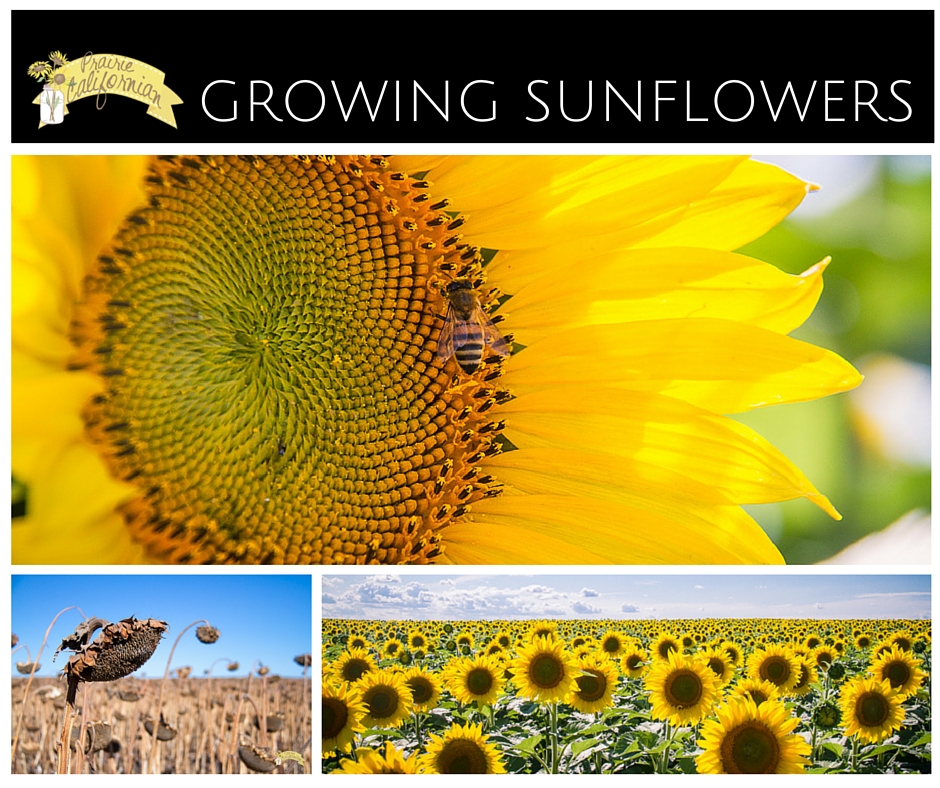
Last week I talked about the different types of sunflowers that are grown across the nation. This week I want to talk about how we grow sunflowers on our farm. We get many different questions in regards to our sunflowers so I hope to address some of the most commonly asked questions throughout this post.
What kind of sunflowers do you plant?
We plant an oil variety of sunflower called NuSun Clearfield Hybrid with Downy Mildew Resistance Trait. Basically what this means is three things.
- NuSun (which I talked about last week) is a newer mid-oleic sunflower that was adapted and put on the market in the late 90s. NuSun oil has become favored over other oils for commercial use because it provides optimal health benefits, great taste, and superior performance, all while remaining trans fat free and 10% lower in saturated fat.
- Clearfield Hybrid combines high-yielding seeds with a broad-spectrum herbicide to provide long-lasting weed control, quality crop, and able to be marketed across the globe. The herbicide trait in Clearfield sunflowers is based on a natural mutation discovered in a wild sunflower. Through research and hybrid breeding, Clearfield sunflowers were born and now provide us with greater crop tolerance and improved weed control.
- Downy Mildew Resistant means that the sunflowers have been bred to be resistant to downy mildew. Downy Mildew is a fungal disease that can be devastating to sunflowers.
This variety of sunflowers is a medium maturity sunflower with about 73 days to flowering and 100 to full maturity (or harvest).
Our sunflower seeds come treated with fungicide and insecticide, which is why they are colored purple in the photo above. The purpose of this seed treatment is to protect the seed and plant in its early stages of growth. Seed treatments will also protect the plant in disease promoting conditions allowing the plant to use its energy on growth.
Are your sunflowers GMO?
No, there is no such thing as GM sunflowers. It may seem like it above, but these resistance traits and NuSun technologies were developed with standard hybrid breeding methods, not bioengineering.
Some have said that over the long term, however, biotechnology will be needed to help sunflowers compete for acreage with other oilseed crops that already possess bioengineered traits. Sunflower acreage (especially in our area in North Dakota) has lost acreage to other row crops such as soybeans that also possess bioengineered traits.
How do you plant sunflowers?
As with any row crop, uniform spacing when planting is important. You can use either a drill or a planter to plant the sunflowers. We typically use a planter. We plant our sunflowers in 30 inch rows at about a depth of 1 3/4 inches. When planting sunflowers, the soil temperature needs to be at 50 degrees or more at the seed depth (1 ¾ inches). Planting seeds of any crop into cold soils will can cause the seed to go into dormancy and can delay germination.
Here’s an excerpt from my post What Equipment Do Farmers Use to Plant about how a planter works:
The planter works in three parts. First being the “trash wheels” which move aside any leftover residue in the field. In our planter, seed is taken from a large hopper to individual hoppers for each row. From there a vacuum sucks the seed into a disc that has holes for one corn seed. As the disc goes around, it drops one seed into the ground in precisely measured increments. We can increase or decrease the depth much like a drill, but with the planter we can also manage the distance from seed to seed in a row, which is what makes the planter more precise.
How do sunflowers pollinate?
Sunflowers require a pollinator (bees) to move pollen from one flower to another. Unlike corn and other crops, very little pollination is accomplished by wind. Sunflower pollen is heavy and stick and most of it ends up on the leaves of the plant during windy days.
We typically contract bees to be brought up from Texas to help our sunflowers pollinate. Since it gets much to cold for the bees here, they winter in Texas. Other growers may contract bees from places like California and other warmer climates.
Each sunflower head is actually not a single flower, but rather 1,000 to 2,000 individual flowers joined at a common receptacle The head is actually composed of two types of flowers. What appear to be yellow petals around the edge of the head are actually individual ray flowers. The face of the head is comprised of hundreds of disk flowers, which each form into a seed. Flowers pollinate from the outside in and the seeds underneath will turn from white to black once pollinated. If the plant is under any stress, often times, the flowers won’t fully pollinate.
Do sunflower heads follow the sun?
When plant parts (whether it be leaves or buds) follow the direction of the sun, it is called heliotropism. It is a common misconception that sunflower blooms follow the sun. When the sunflowers are small buds (not bloomed), they will follow the sun.
Once the flowers bloom, the heads are usually too heavy to move so they will face east all the time. The National Sunflower Association states that facing east is likely a defense mechanism as facing south or west could result in the sun scalding the seeds during very hot days.
A sign that sunflowers are nearing end of blooming and pollination is that the heads end up turned down. Especially large heads will downturn and droop due to the weight of the pollinated seeds.
When do your sunflowers bloom?
Each growing season is different so our sunflowers can bloom at different times depending on how early we got them in the ground. However, a good general basis for finding blooming sunflowers here in North Dakota is around early to mid-August to early September. Typically fields can be found in bloom for around a week to ten days.
If you’ve never experienced a sunflower field in bloom, I highly recommend making a trip to somewhere in the United States where sunflowers are grown, it truly is an unforgettable experience looking out on a sea of yellow. To find out more about Where to Find Sunflowers, you can check out this post.
What happens to the sunflowers after they bloom?
Once the sunflowers have bloomed and pollinated, they will continue to mature. The heads will turn down and droop and the petals will fall off. The leaves will fall off and the plants will begin to turn yellow and eventually blackish brown. Basically, the sunflowers will die.
Sunflowers are considered mature when the back of the flower head is yellow and they are ready to harvest once the back of the head turns brown. Ideal seed moisture for harvest is around 10% or less.
Stay tuned for more next week, I will be discussing sunflower harvest.
To learn more about sunflower production in North Dakota, you can check out these posts:

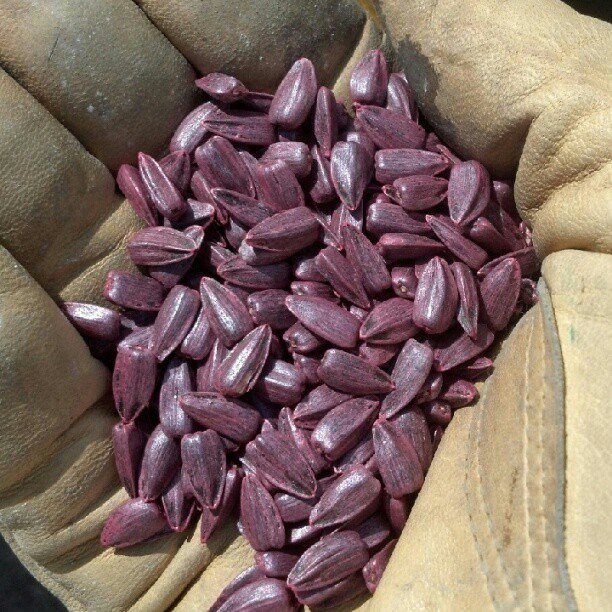

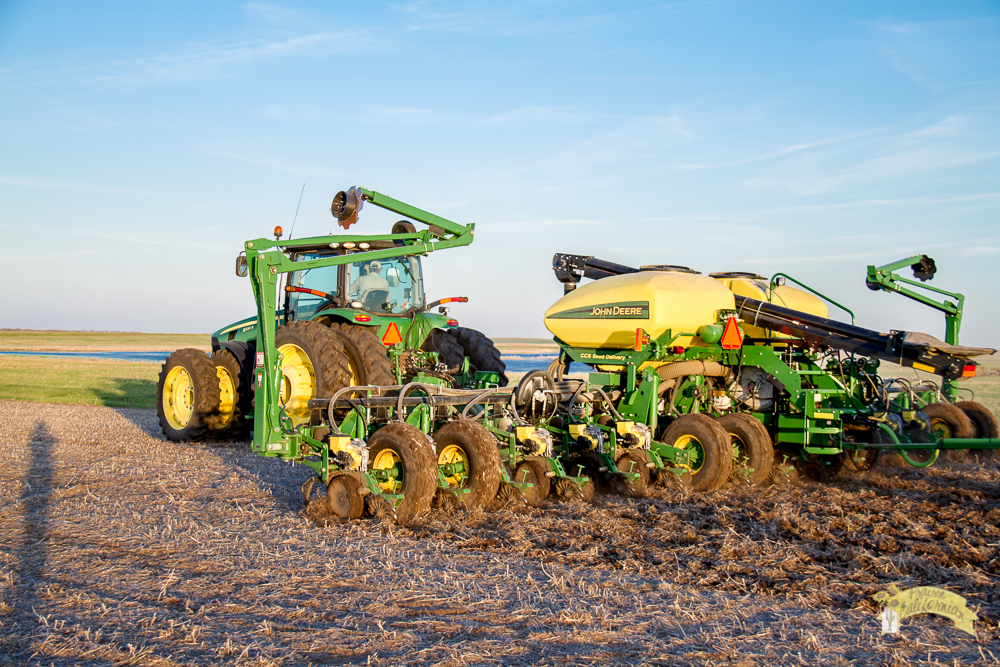
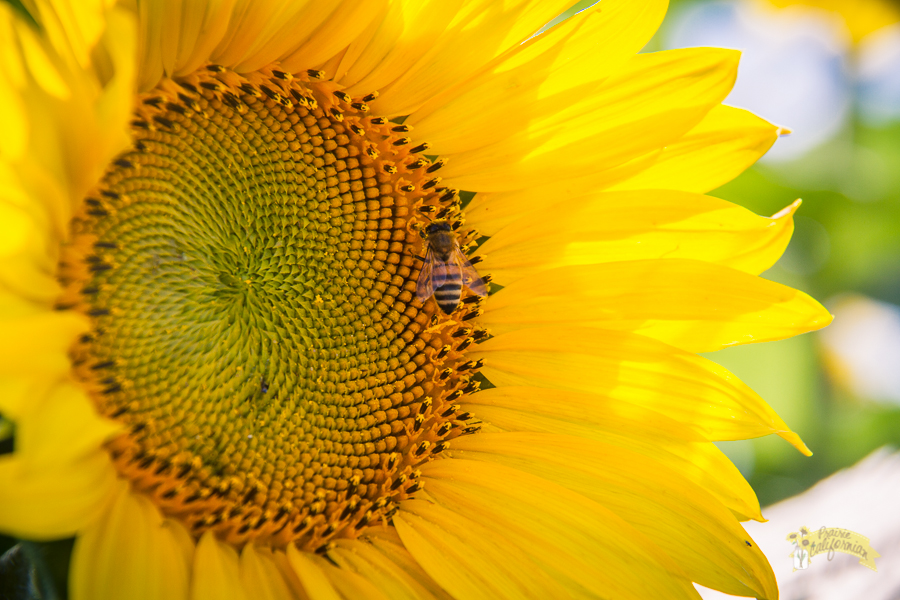
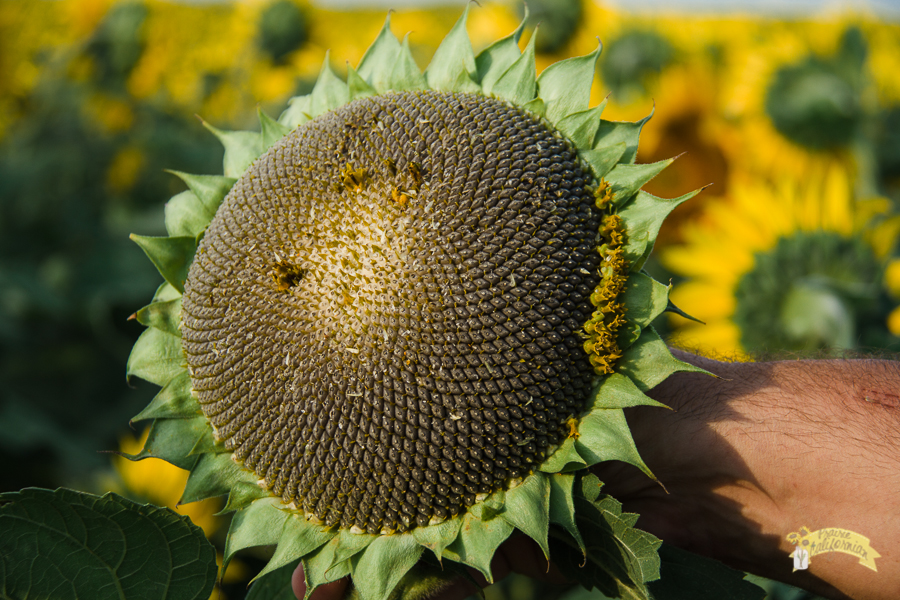
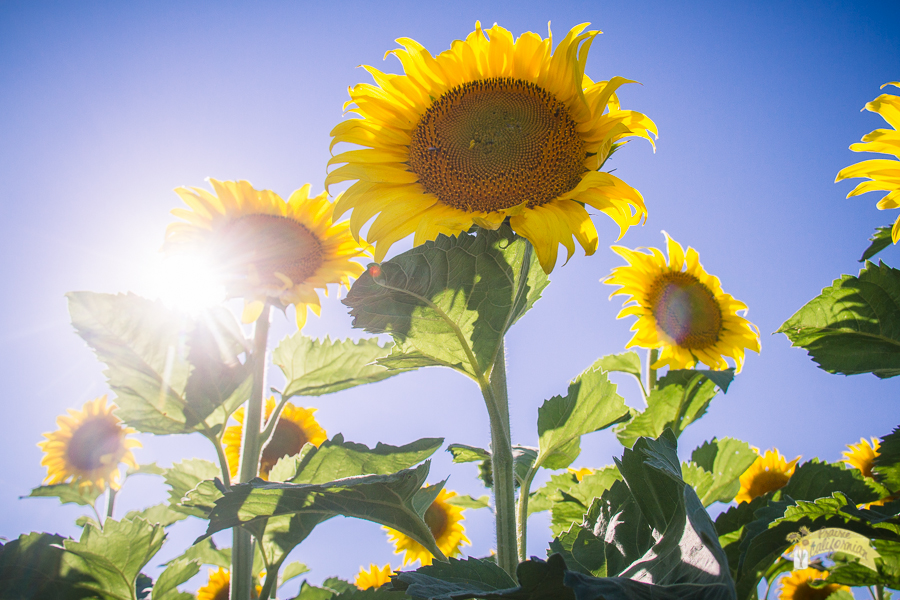

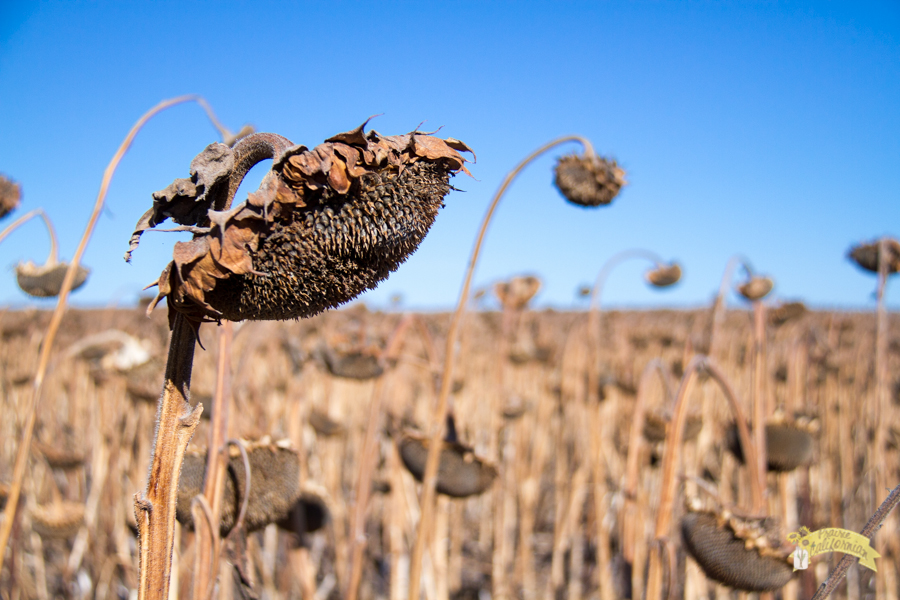
Whoa, I didn’t know that sunflower seeds could come coated in fungicide and insecticide. I bet that makes a huge difference in how many seeds successfully grow! I’ve always wondered why most sunflowers I’ve seen face east, it’s cool to know that it may be a defense mechanism!